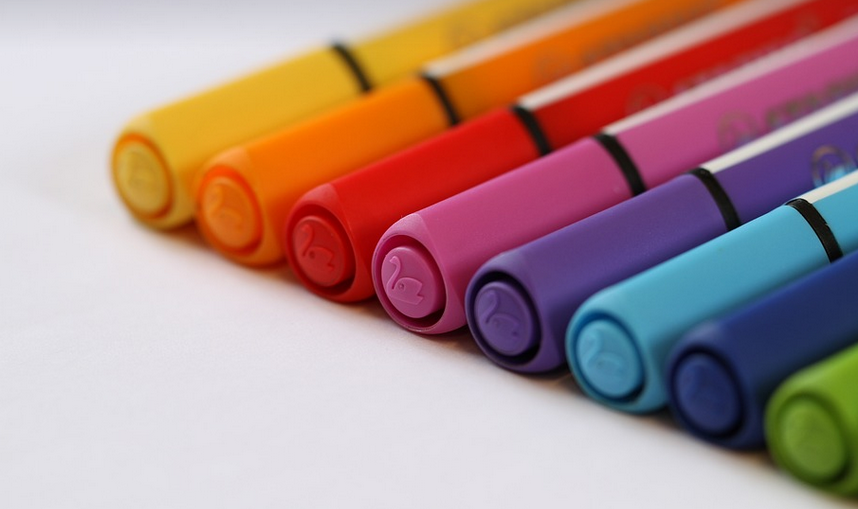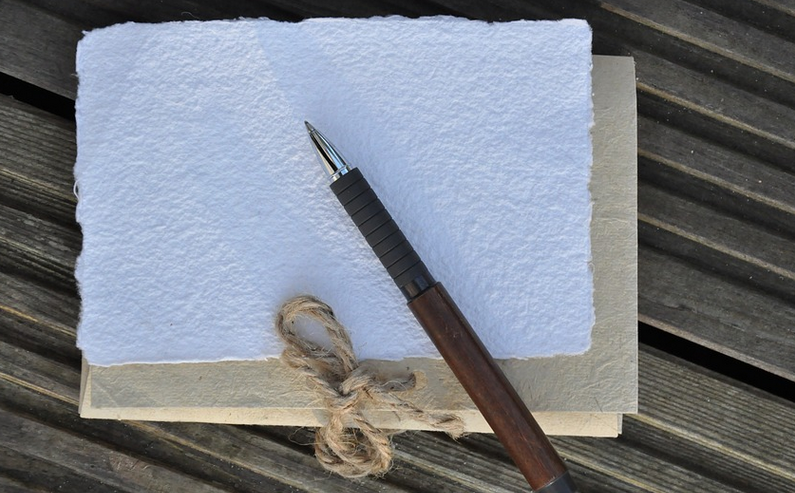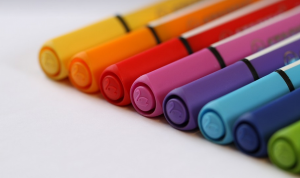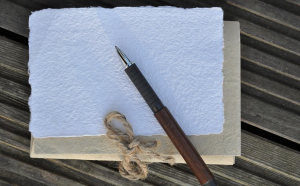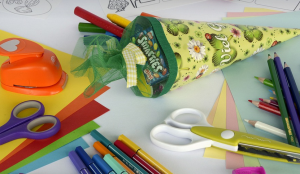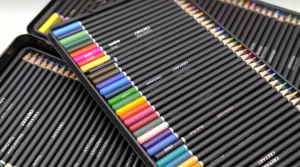What’s the Deal with Used Cooking Oil?
We all love a good, hearty meal, and cooking is usually a joyful affair filled with laughter (and maybe some minor kitchen explosions). But what happens to those used oil containers after you cook up something delicious? Well, it turns out that tackling used cooking oil containers requires a bit of know-how, especially if you want to keep them safe for the next time you need to get your hands messy in the kitchen.
The Right Containers, Right From The Start
First things first, let’s talk about choosing the right container! You want something sturdy and reliable to ensure that used oil doesn’t leak or contaminate other food items in your fridge or pantry. There are a few options when it comes to containers:
- Glass Jars: These classic options offer amazing durability and allow you to easily see how much oil is left. Just make sure they are airtight, especially if storing them in a pantry or cabinet.
- Plastic Containers: Choose those made of high-quality, food-grade plastic like HDPE (high-density polyethylene) for optimal safety and longevity. Look for containers with secure lids that close tightly to eliminate the risk of spills.
Storing Your Oil: A Careful Approach
Now that you’ve got your trusty containers, let’s dive into the art of proper storage. Here are a few tricks to keep your oil safe and sound:
1. **Keep it Cool:** Heat can wreak havoc on stored oils. Store them away from direct sunlight and heat sources like ovens or stoves. A cool, well-ventilated area is ideal.
2. **First in, First Out:** This old adage applies to your oil containers too! Use the oldest oil first, ensuring you’re not storing older oil for too long, as it can lose its quality over time, especially if stored improperly.
3. **Airtight Is Key:** A good seal is crucial in preventing leaks and odors. Tightly close your containers after each use to ensure that the oil doesn’t come into contact with other foods or surfaces.
4. **Label, Label, Label!:** It’s a simple change but incredibly helpful for organization! Labeling helps you keep track of what oils are in which container and what they have been used for. Use clear labels to easily identify different types of oil (like olive oil for salad dressings, vegetable oil for frying, etc.).
A Sustainable Approach
We all know the feeling of wanting a delicious meal without guilt, so why not try some eco-friendly options?
- Composting is your friend!
- When it comes to the oil itself, you can consider using a reputable recycling program. Look for companies that specialize in collecting and repurposing used cooking oils.
Cleaning Up: A Quick Guide
Let’s not forget about the cleaning part! Here’s how to keep your containers sparkling clean:
1. **Pre-Rinse:** Before you do anything else, give your oil container a quick rinse with clear water to remove any residue or food particles
2. **Soapy Water & Dishwashing Liquid:** For stubborn stains, use a mild dish soap solution and warm soapy water. Gently scrub the sides of the container with a soft sponge before rinsing it well.
3. **Air Dry Before Storing** Once you’re done cleaning, allow your containers to air dry completely before storing them back in their designated place.
Safety First!
As with anything related to food and cooking, safety is always paramount. Here are a few important reminders:
- **Always store used oil in tightly sealed containers**.
- **Avoid storing used oil near heat sources** such as stoves, ovens, or direct sunlight.
- **Never pour used oil down the drain** unless you are sure your sewage system is equipped to handle it.
The Takeaway
Using and storing used cooking oil containers can seem daunting at first, but with a little care and attention to detail, you’ll be able to keep things clean, organized, and safe for your next culinary adventures!
